- Home/
- CDS & Defence/
- Article
Renaissance in Europe World History Notes: Origin, Causes, Results
By BYJU'S Exam Prep
Updated on: September 25th, 2023

Table of content
Renaissance in Europe is an important topic in world history. Every year, 1- 2 Questions are asked from these topics. Thus, it’s important for a candidate to go through the full Renaissance study notes. Here, we are giving important details about Renaissance which might be asked in upcoming NDA, CDS, CAPF and other Defence exams.
Renaissance in Europe: Origin, Causes, and Results
1. Introduction
- Literally, the word Renaissance implies ‘rebirth‘ or ‘revival‘.
- But it relates to the major changes that took place in Europe during the transition phase from the medieval-to-modern era.
- On the intellectual side, there was a resurgence of literature and art.
- The investigative spirit resulted in inventions in the field of science.
- Politically, the end of feudalism and the emergence of nation-states experienced this period.
- In the social sphere, the spirit of individualism and humanism started to dominate.
- All these transformations were referred to collectively as the Renaissance in Europe.
- By the end of the 5th century A.D., the Roman Empire declined.
- It had led to classical literature and arts being neglected.
- But these cultural treasures have been maintained in Constantinople’s Eastern Roman Empire.
- Constantinople was seized by the Ottoman Turks in 1453.
- The Byzantine-Greek scholars, therefore, escaped to Rome from Constantinople.
- They carried the legacy of Greeks and Romans with them.
- A spirit of enquiry evolved with this resurgence of classical learning in Italy.
- This investigation spirit stimulated the advancement of science, art, architecture, sculpture, painting, literature, geography, and religion.
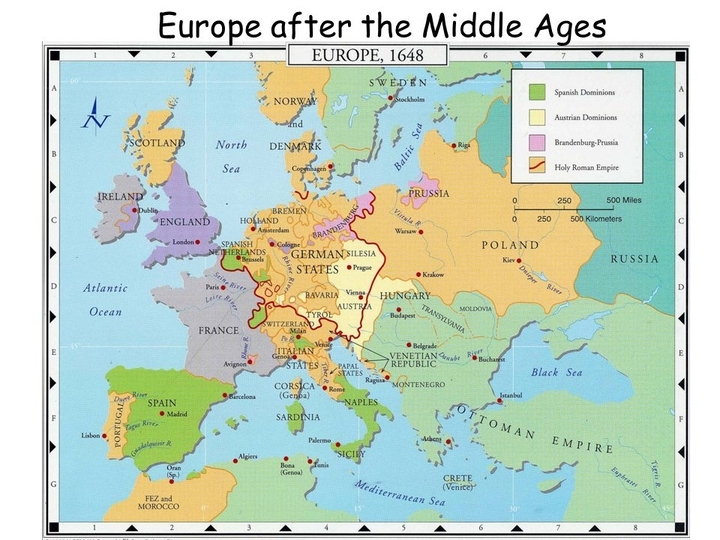
2. Renaissance in Italy
- For several reasons, Italy is considered the Renaissance birthplace.
- Some of them were:
- Italy was the seat of the Latin language and ancient civilization.
- The rich city-states that art and literature have been patronized in Italy like Florence and Venice.
- For instance, many scientists had been patronized by the Florence Medici family.
- The publication of the Divine Comedy by Dante (1265-1321), the biggest Italian poet, caused the Renaissance movement in Florence town.
- It’s been written in Italian.
- The Renaissance then spread to other areas of Europe and in the seventeenth century attained its pinnacle.
3. The revival of Classical Literature
- The Renaissance’s most significant contribution was the revival and teaching of ancient literature in Greek and Latin.
- Petrarch (1304–1374) was the pioneer in this effort with his deep knowledge of these languages.
- He collected and compiled many ancient manuscripts with Plato’s and Aristotle’s works.
- The classical learning had also been encouraged by his disciple Boccaccio.
- The ancient Greek literature was spread in Florence by many Greek scholars who came from Constantinople.
- Manuel Chrysolores was the most notable among them.
- Also notable was Erasmus’ (1463-1536) contribution to the correction and editing of Latin works.
- Erasmus also edited ‘New Testament‘ in Greek language.
- John Gutenberg’s (1398-1468) invention of the printing press in Germany had influenced Renaissance literature.
- He published the first book, The Bible.
- In England, William Caxton established a printing press.
- Soon, many printing presses came up all over Europe, providing the Renaissance movement with a stimulus.
- The availability of books at lower rates made the masses more aware of them.
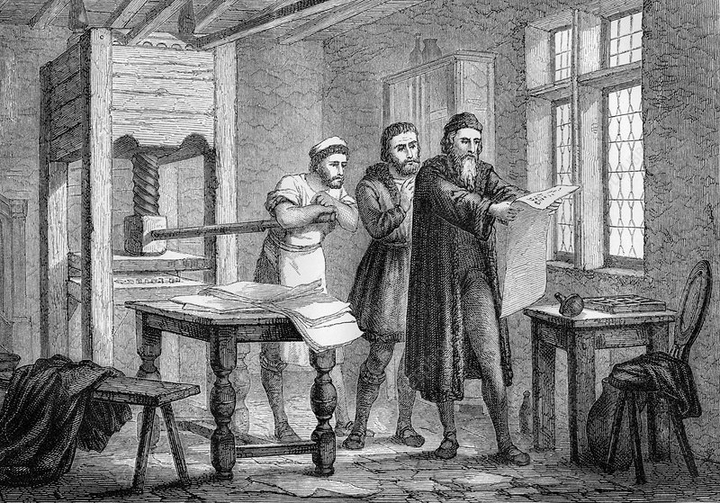
John Gutenberg’s Printing Press
4. Renaissance Literature
- In addition to the revival of classical literature, many works have emerged during this period in both classical languages and native languages.
- We have already spoken of the Divine Comedy of Dante written in Italian.
- Likewise, Chaucer wrote in English the Canterbury Tales.
- Living in Florence, Machiavelli wrote his eight-volume History of Florence.
- The Prince, a book on political science, was his most famous work.
- While Italy was home to the Renaissance’s most famous literary figures.
- In France, England, Germany, and Spain, a typical Renaissance literature can also be found.
- In England, his famous book Utopia in Latin was written by Sir Thomas Moore.
- The Elizabethan era, however, marked the start of the English Renaissance.
- It saw playwrights such as William Shakespeare, Christopher Marlowe, and Charles Webster; poets such as Edmund Spenser, Sydney, and Ben Johnson.
- During this time, Hakluyt wrote excellent travel accounts.
- The most typical writer of Renaissance literature was Montaigne (1533-1592), the French essayist.
- His works reflect an intense interest in himself and things related to man’s life.
- For centuries, his essays on education were considered important.
- In his method of writing and thinking, a precursor of Voltaire, Montaigne rebelled against the authority and tyranny of the past and earned the title of the first modern man.
- In Germany, the Bible was translated into German by Martin Luther.
- The Ship of Fools was written by Sebastian Brant.
- In Spain, the renowned Don Quixote was written by Cervantes.
5. Renaissance Art
- The Christian religion and the Church dominated art in the Middle Ages.
- The love of nature and the human body was provided significance during the Renaissance.
- Although the spirit of humanism prevailed, Christian was the topic of most Renaissance art.
- Renaissance painting in Italy flourished most abundantly.
- Among the Renaissance painters were Leonardo da Vinci (1452-1519), Michelangelo (1475-1564) and Raphael (1483-1520).
5a. Leonardo da Vinci:
- An artist, poet, musician, and engineer was one of the most versatile men of his time.
- He is therefore known as the man of the Renaissance.
- He was born in Florence and visited a number of nations.
- The Duke of Milan patronized him.
- The Mona Lisa and the Last Supper were his popular paintings.
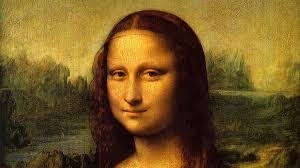
Mona Lisa
5b. Michelangelo:
- He was a painter as well as a sculptor.
- He lived in Florence with the Medici family patronizing him.
- He’s moved to Rome later.
- His most wonderful accomplishment in painting is the magnificent frescoes on the ceiling of the Vatican’s Sistine Chapel.
- There are 145 images with 394 figures in this job, some of which are as big as 10 feet.
- His painting, The Last Judgment, is regarded as the finest in the world.
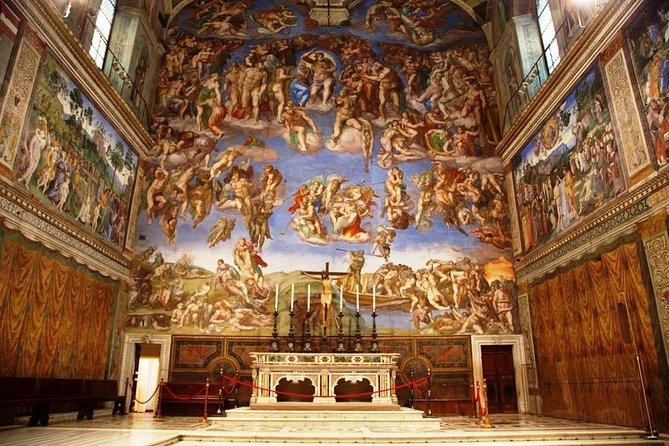
Vatican’s Sistine Chapel
5c. Raphael:
- With a sense of beauty, he accomplished a rare blend of devotional sensation.
- Although at the age of thirty-seven Raphael died, he created many paintings, the most familiar of which is the Madonna.
- The Venetian School is an excellent example of Renaissance art’s secularization.
- Venice’s artistic expression was worldly and materialistic.
- The biggest painters of Venice were Titian (1477-1576) and Tintoretto (1518-1592).
6. Renaissance Sculpture
- The art of sculpture during the Renaissance period also experienced advancement.
- Lorenzo Ghiberti (1378-1455) was the forerunner of the Renaissance sculpture.
- His masterpiece was the magnificent doors at Florence’s Baptistery.
- The beauty of these doors was valued by Michaelangelo as worthy of Paradise gates.
- The statue of St. George in Florence and that of St. Mark in Venice was created by Donatello (1386-1466).
- Besides being a painter, Michelangelo was a well-known sculptor.
- For the Medici family in Florence, he created some of his finest carvings.
- The other famous sculptors of this era were Brunelleschi and Robbia.
- One of Renaissance architecture’s most familiar examples is St. Peter’s Church of Rome.
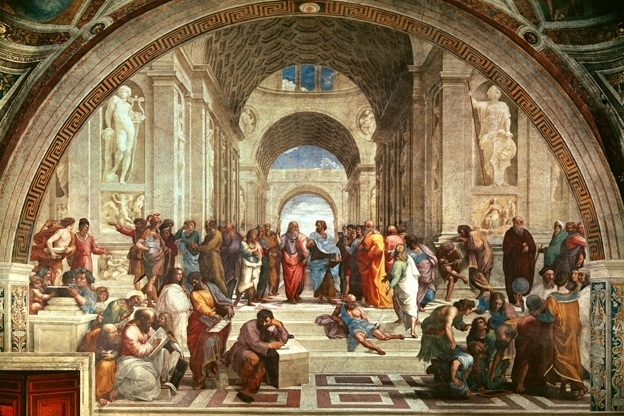
More from us:
Important Study Notes for Defence Exams
Keep Learning
Prep Smart, Score Better Go Gradeup!
